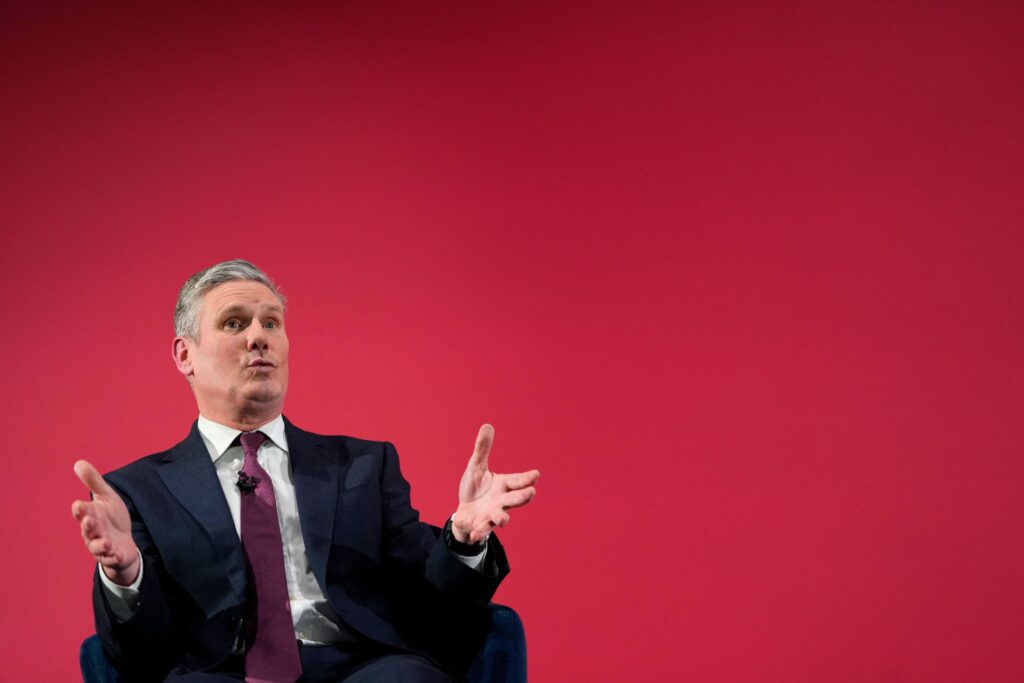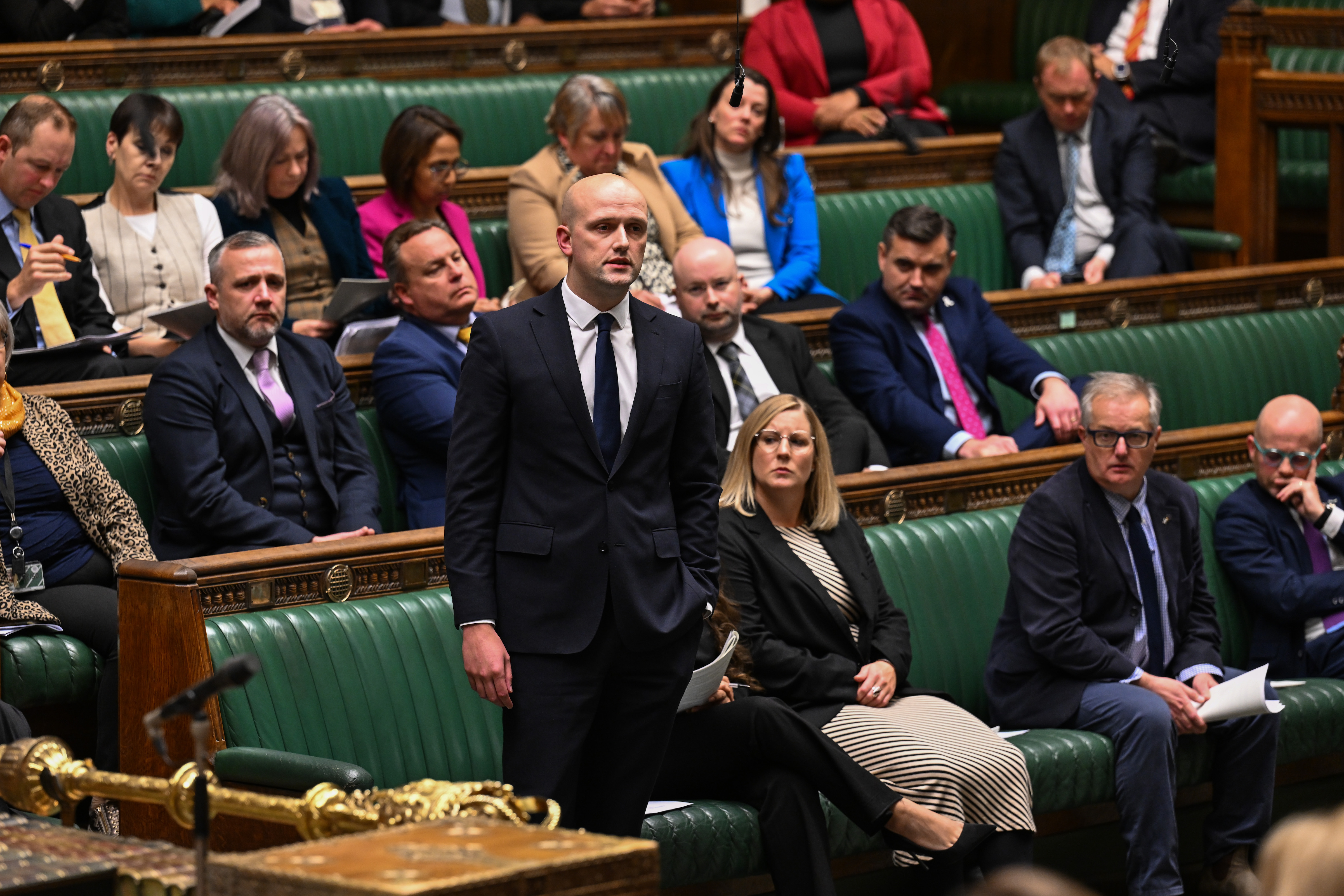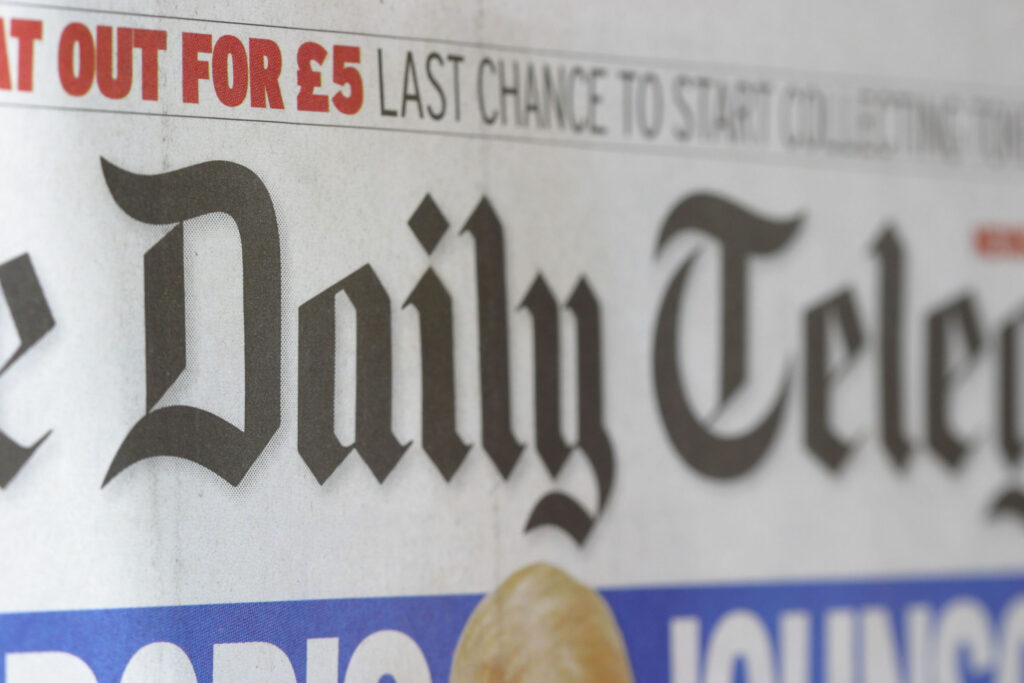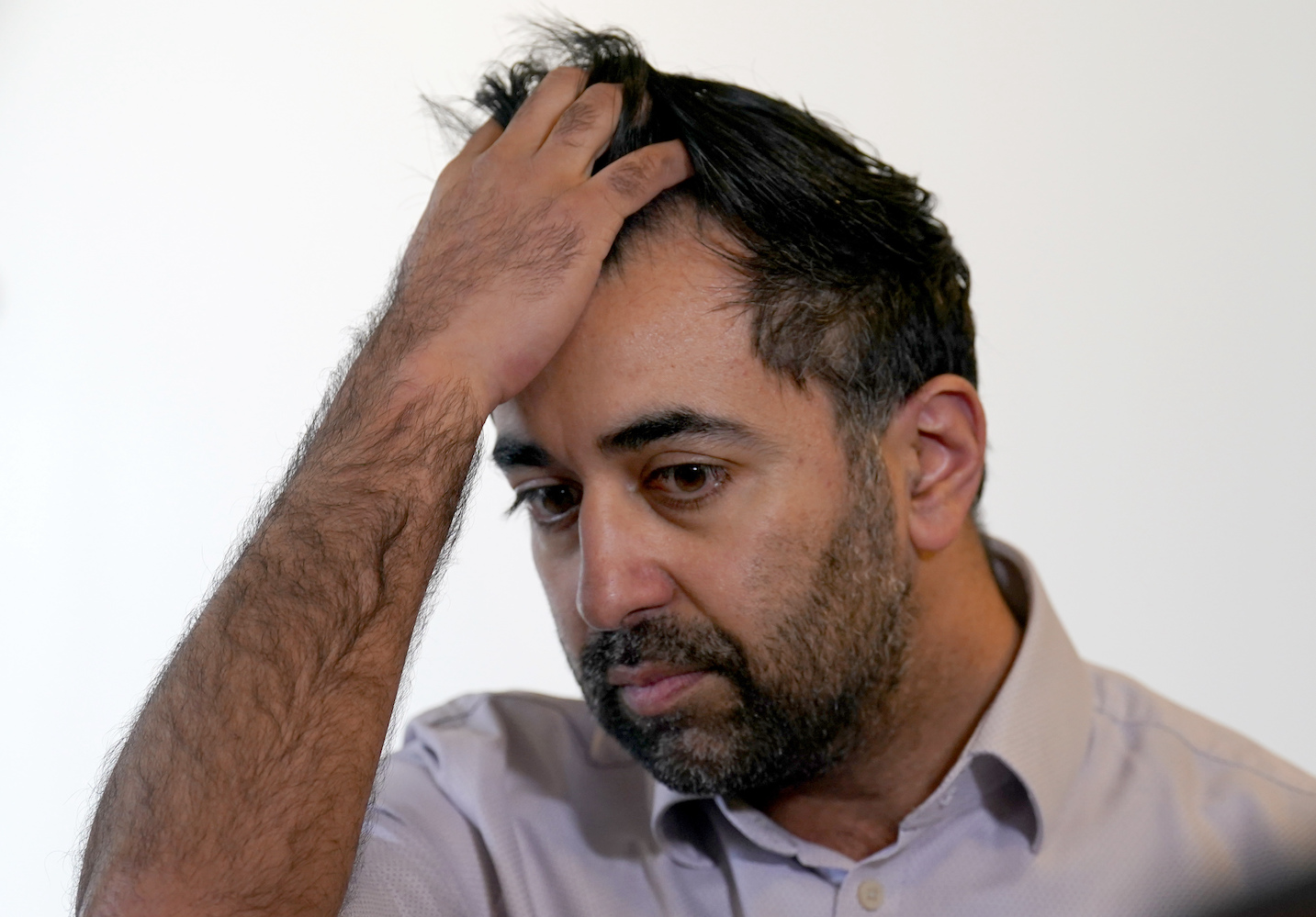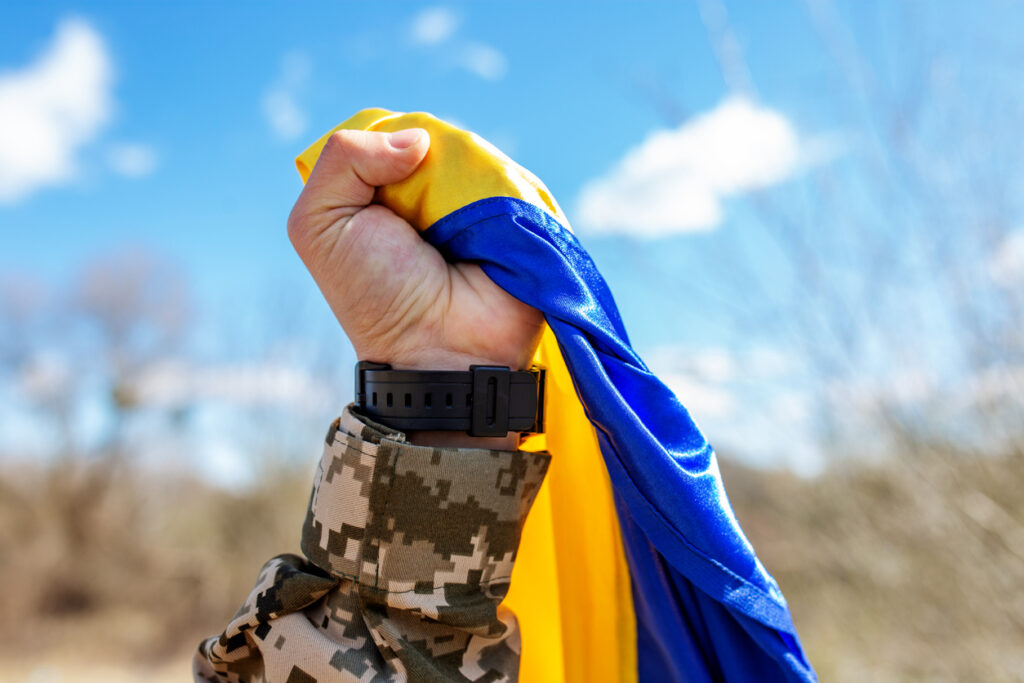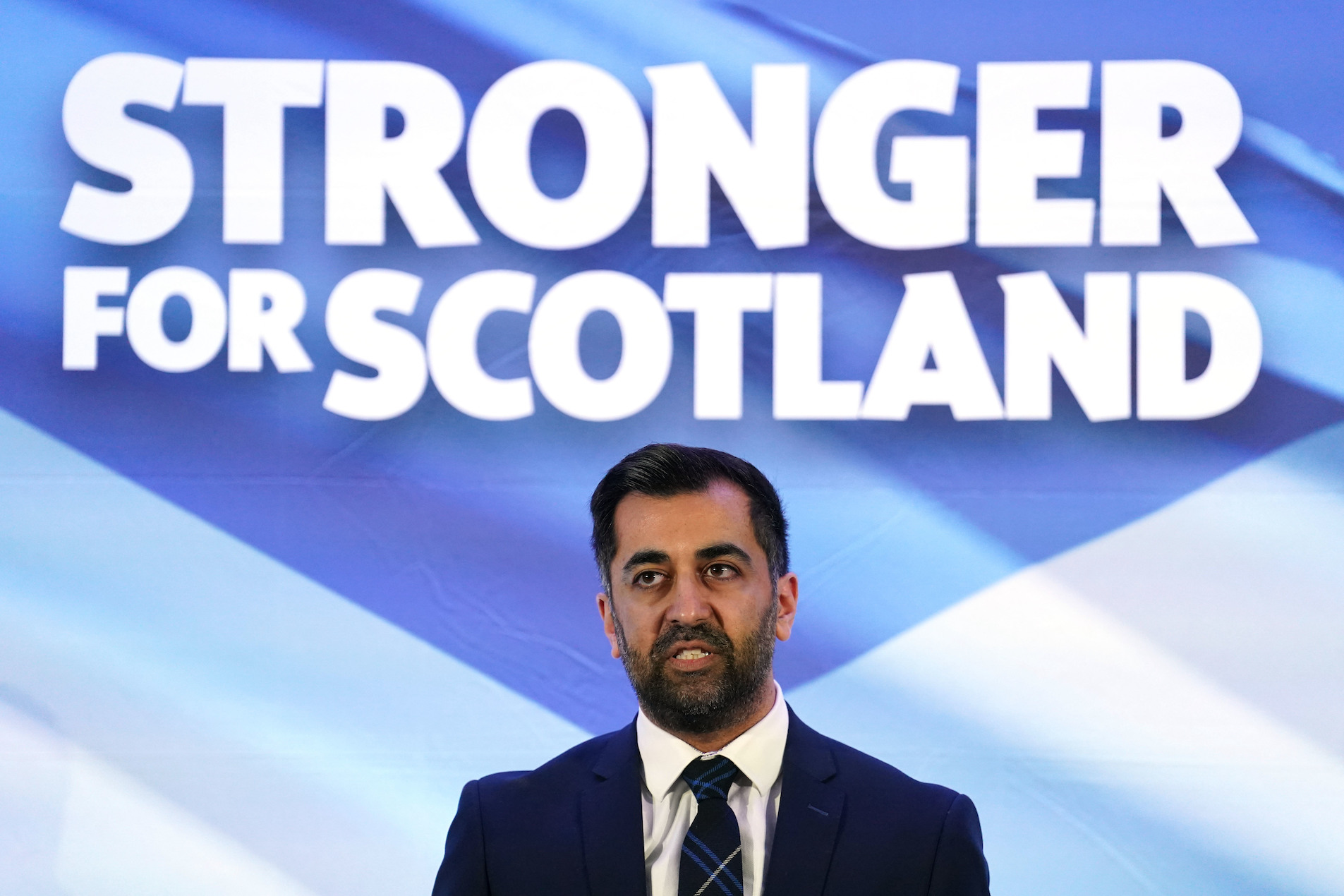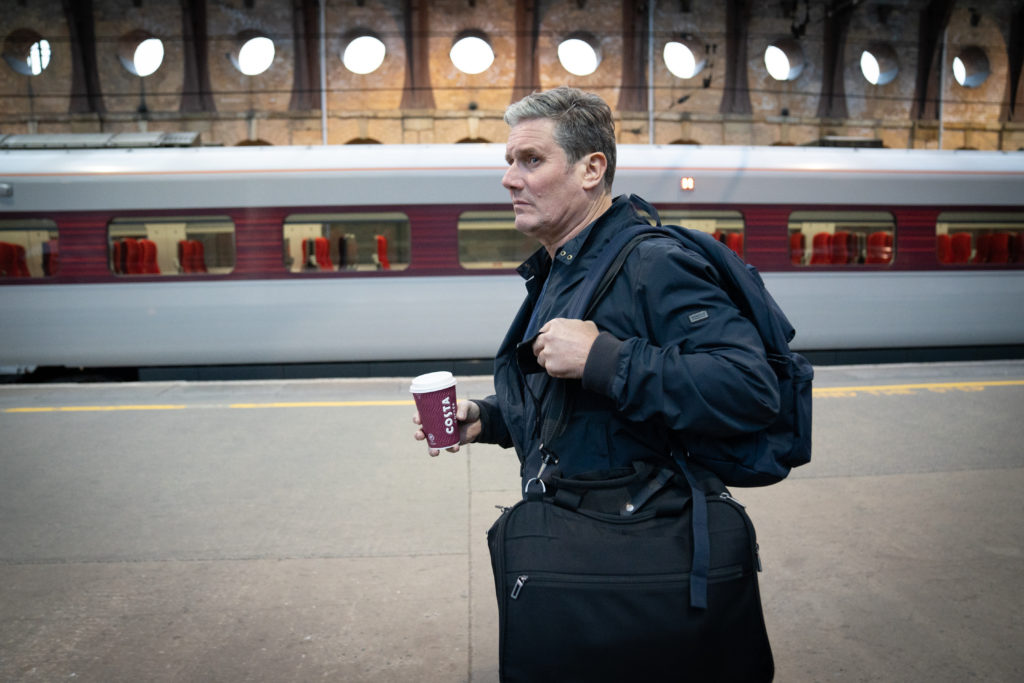What is Chlorinated Chicken?
In the American poultry industry, antimicrobial chlorine treatments are used to kill or prevent the growth of harmful bacteria such as Salmonella. These bacteria are a common cause of food borne illnesses or ‘food poisoning’ in humans.
Chlorine washed chicken is banned from sale and import in the United Kingdom.
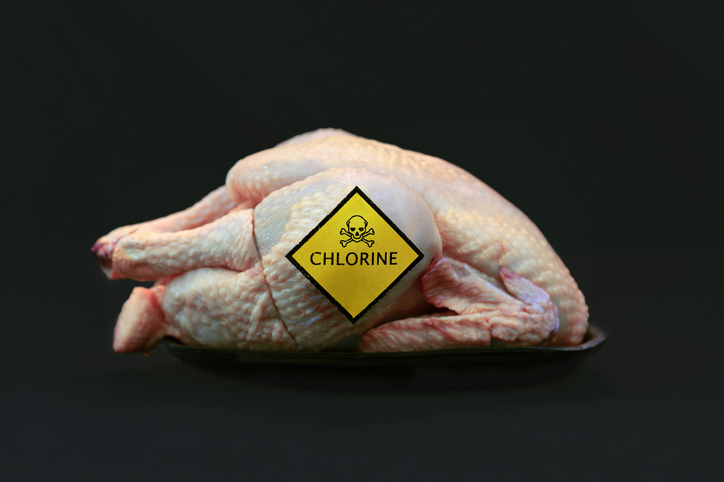
Around 5% of US chickens are currently chlorinated.
Why is there now a debate about chlorinated poultry?
In 1997, the European Union banned imports from American poultry producers. This decision was shaped by growing concerns over the use of pathogen reduction treatments such as chlorine rinses on US farms.


Under EU law, cold air and water are the only substances that can be used to decontaminate poultry.
Following the UK’s departure from the European Union in 2020, the UK has been obliged to renegotiate its trading agreements with countries worldwide. A strong trade deal with the US has been considered a priority.
As part of these trade negotiations, it has been suggested that the UK Government may be willing to allow the import of EU-banned products to secure a free trade deal with the US. This has raised concern that the United Kingdom may settle for a lower quality in terms of food standards, than was permitted under EU laws. The focus of this debate has concentrated in particular around hormone treated beef and chlorinated chickens.
Alongside the concerns of some public health professionals, and animal welfare groups, British farming groups have also lobbied for British farming standards to be protected in post-Brexit trade deals with third-party countries. Under their proposals, all future imports would be subject to the same food safety regulations as UK producers.
Why do some people support chlorinated chicken?
The US Department of Agriculture holds that chlorine is a safe and effective means of preventing bacteria growth. This view is shared by the US Food and Drug Administration (FDA) and the Codex Alimentarius Commission which share international food safety standards.
In this sense chlorine washing is said to reduce the potential for food poisoning in humans.
Supporters of the chlorine washing practice compare the treatment to the use of other types antimicrobials which receive little or no public scrutiny. These examples include organic acid rinses, pesticides and herbicides, and hormone injected beef.
Multiple studies, including one conducted by the Joint Institute for Food Safety and Nutrition, have suggested that monitored levels of chlorine pose no significant health threats to humans, whilst reducing the incidence of foodborne illness.
From samples of raw chicken in Europe, it has been suggested that 15-20% contain some degree of salmonella. According to a report by the Adam Smith Institute, “immersing poultry meat in chlorine dioxide solution of the strength used in the United States reduces the prevalence of salmonella from 14% in controls to 2%”. These findings have though been challenged by research from Southampton University, which concluded that bacteria such as salmonella remain active after chlorine washing, only they are impossible to detect.
US poultry companies that do engage in practices using chlorine washing are keen to point out how they operate under Hazard Analysis and Critical Control Points (HACCP) which is a science-based, preventative approach to maintaining food safety. They argue that anti-microbials are used in parts per million and are diluted in several thousand gallons of water. In practical terms, these proportions equate to one inch within 15.8 miles, or one minute in almost two years.
These findings were supported by a 2017 study, which writes that the average man would have to consume three chickens a day to exceed safe levels of chlorine. Treated drinking water is thought to contain much higher proportions of harmful disinfectants
Furthermore, despite the ban on US chicken, it has been suggested that the European Food Safety Authority (EFSA) actually found chlorine rinses – along with four other forms of antimicrobial treatments – to be “of no safety concern” to public health. .
It is thus suggested that the alarmist arguments being made against chlorinated chicken are either being put forward on protectionist grounds to so protect domestic producers, or for political reasons to highlight the problems of arranging international trade deals outside the European Union.
It is also pointed out, that only a small proportion of US chicken is subject to chlorine treatments. The National Chicken Council states that chlorine is used in less than 5% of US processing plants.
Those stating that chlorinated treatment of chickens pose no risk to public health argue that these misconceptions should not be allowed to obstruct the benefits of a wider trade deal between the UK and the US.
They also stress how facilitating the importation of US chicken is something that could benefit British consumers. The Adam Smith Institute study found that US chicken was more than a fifth cheaper than in Britain, and that allowing its import, could actually reduce prices to UK consumers by 21%.
Why others so strongly oppose chlorinated chicken?
Those opposed to imports of chlorinated chicken typically advance two lines of argument.
Firstly there are those who object to the use of any chemical wash that contains chlorine in food production, given the possible risks that are possessed to public health. These objections fall under the remit of the conflicting scientific arguments detailed above.
Secondly, there are those that object to chlorinated chicken, because of the style of farming implicit in chlorine treatments. Antimicrobial washes are viewed as a substitute for hygienic food practices; an ‘easy-fix’ solution which compensates for lax procedures and poor hygiene elsewhere in the supply chain.
The prevalence of chemical treatments is thought to dis-incentivise producers from preventing bacterial growth in the first place. This concern is advanced by the campaign group, the RSPCA, who have suggested, “Chlorine-washed chicken does not pose a health risk in itself, but by accepting it, along with imported chicken from the US, we could also be condoning lower farm animal welfare standards in the UK”.
Animal welfare campaigners maintain that more ethical farming practices would eliminate the need for chemical treatments. Raising poultry in spacious, humane environments which promote an optimum quality of life is likely to reduce the contraction and spread of bacterial infection. Over-crowded, high-stress farming conditions, in contrast, have been linked to higher rates of disease.
Quotes
“We are proud to produce wholesome, nutritious and affordable food for the UK population. We also know that British consumers trust nothing other than British chicken” – Richard Griffiths, Chief Executive of The British Poultry Council (2019)
“It’s really an animal welfare issue here. If UK farmers want to compete against American imports, they’ll have to lower standards or go out of business.” – Nick Dearden, Global Justice Now, speaking on the issue of chlorine treatments (2019).
Stats
A 2020 YouGov poll found that 80% of Britons considered it unacceptable to allow the import of chlorine-washed chicken to the UK. This was in contrast to 8% who considered it acceptable and 12% who didn’t know.
The same poll revealed that men are four times more likely to approve of allowing chlorinated chicken than women. Only 3% of women were found to approve, compared to 13% of men.
According to a 2017 research paper by the Adam Smith Institute, American consumers eat about 156 million chlorine-treated chickens each week.









